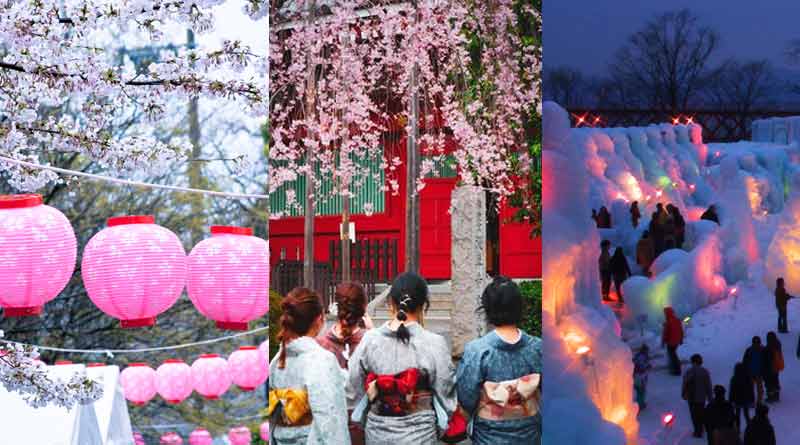As is widely known, being a part of Asia, Japan has a profound tradition that associates nature and the seasons with events and rituals. It is evident from the foregoing discussion of Japan’s festivals, which are splendid, rich, and rich in cultural connotations due to this emphasis on seasonal changes. Such occasions include the particular cherry blossom festival in spring through the snow festivals in winter and present how distinct and out of the ordinary Japan is and how everyone unites in happiness.
Cherry Blossom Festival (Hanami)
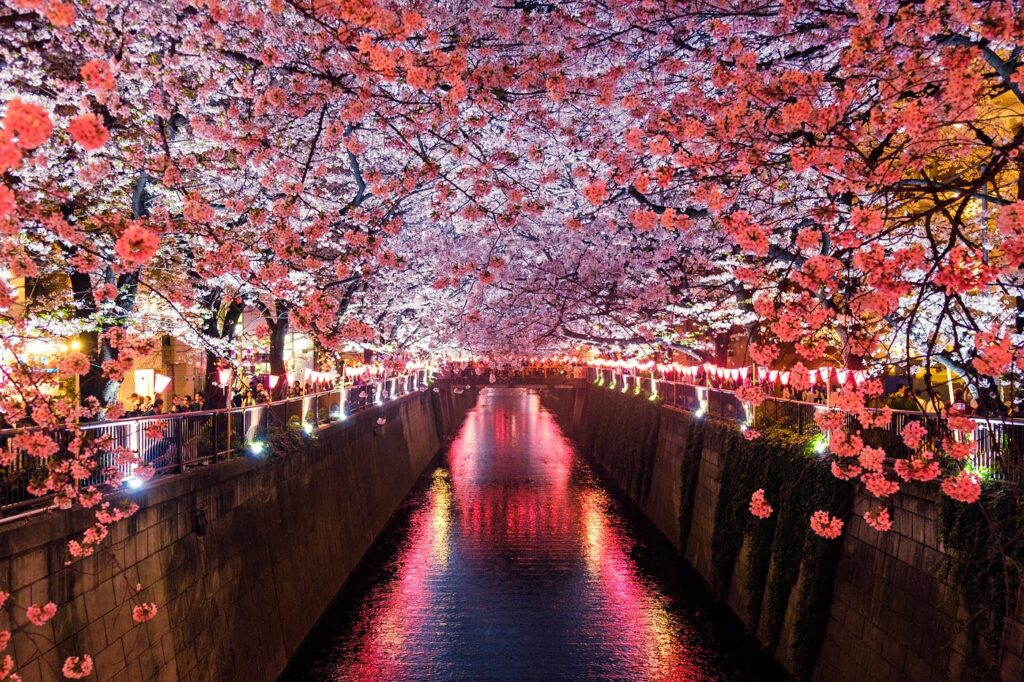
Hanami is one of the most essential cultural events of Japan and it’s associated with the consciousness of the impermanence of life and existence. Sakura or cherry blossoms are special because they have short-lived flowers that blossom in the spring. During Hanami, the public goes to the parks to have steak and enjoy tasty meals, beverages, and the company of their friends and families. tourists visit places such as Ueno Park in Tokyo and Maruyama Park in Kyoto to participate in this much-valued event.
Setsubun Festival
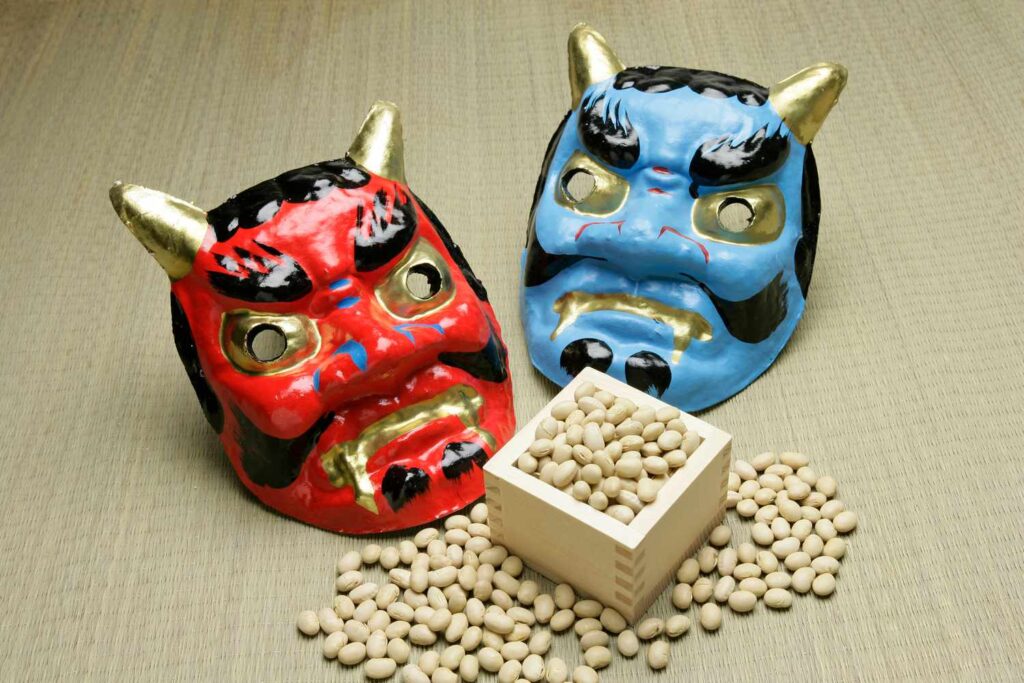
Setsubun is the traditional name for the period toward the end of the cold season in Japan and is associated with mamemaki which is a festival of throwing beans. This custom is performed with the coned-roasted soybeans, during which people chant: ‘Oni wa soto! Fuku wa uchi!’ (Just mean it, demons are out; luck is in!). The other customs that go with Setsubun are fun as it involves personalized eating of ehōmaki special sushi rolls while facing a certain direction making Setsubun a blend of fun, culture, and optimism for good fortunes in the new year.
Gion Festival (Kyoto)
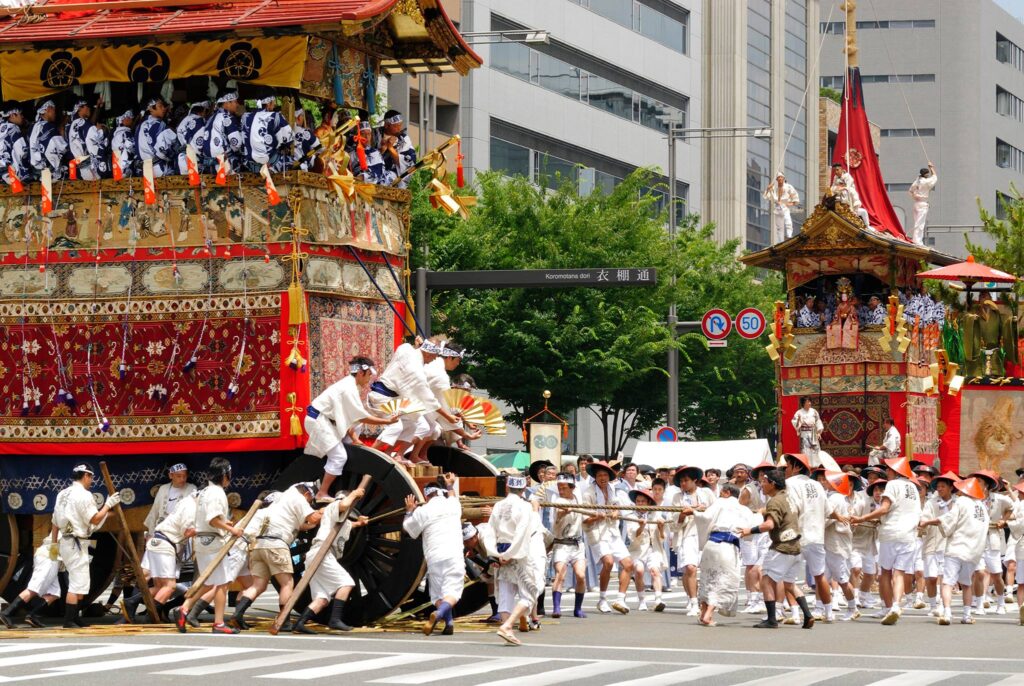
As for the Gion Festival in Kyoto, it is among the most representative and ancient festivals in Japan, which has been held for more than one thousand years so far. The festival is celebrated in July and it is famous for colorful parades together with complex yamaboko floats which are grand in appearance and represent Shinto gods. It also features dances and processions, and visits to the shrines within the communities of the country. Gion Festival is an interesting mixture of history, culture, and spirit of the community and attracts numerous people from different parts of the earth.
Tanabata Festival
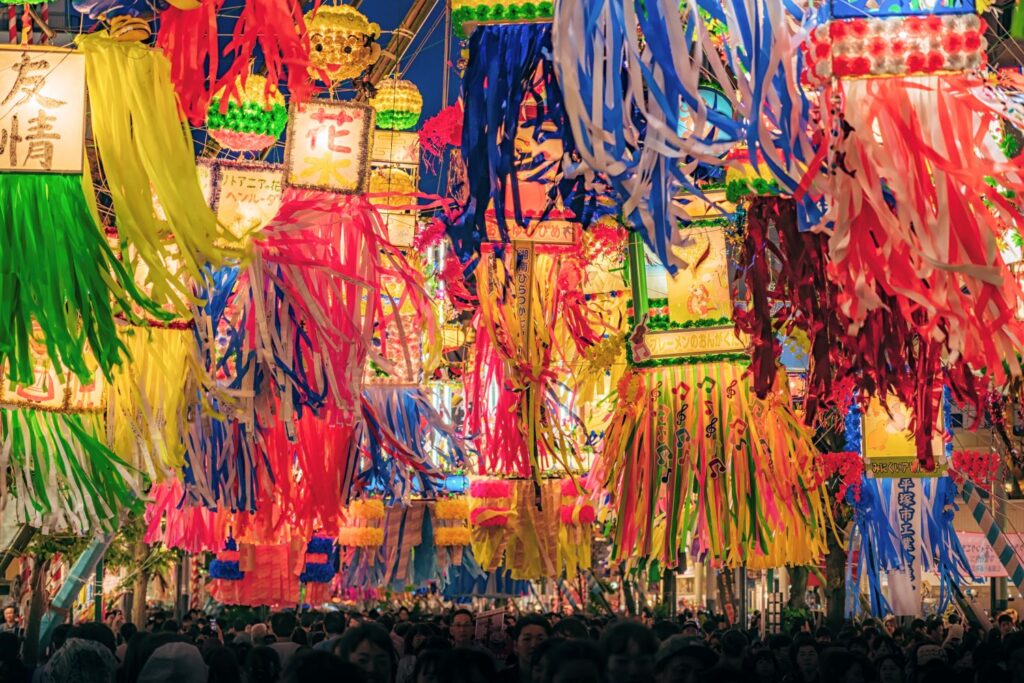
Tanabata’also commonly referred to as ‘Festival of the Stars’ is a realization of the legendary lovers, Orihime and Hikoboshi. Originally a festival celebrated on July 7, it encompasses the writing of wishes on pieces of colored paper known as tanzaku and the hanging of these papers on bamboo trees. Streets are decorated by the lighting of lights, balloons, and kettles to make the environment festive. Tanabata is a playful time of the year and is full of wishes and beautiful manifestations of Japanese art and culture.
Kochiyama Festival (Nagano)
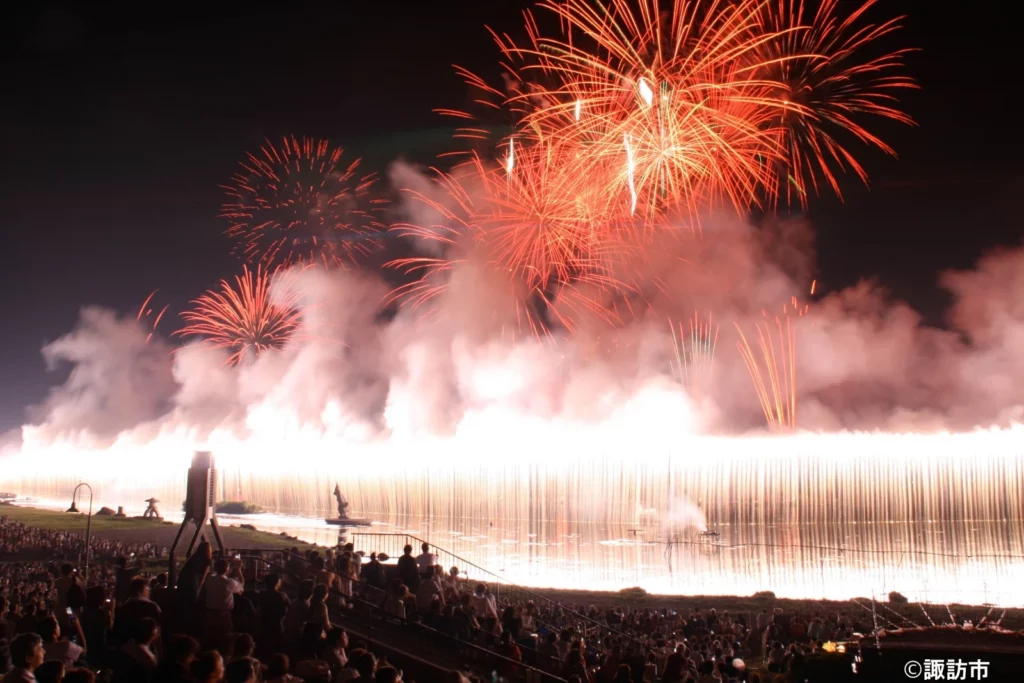
Koyamachi Festival in Nagano is an outstanding winter festival with massive snow statues making the environment look like something from a fairy tale. Located in an area with snowy mountains, the event demonstrates spectacular works of ice sculptures and other artwork, several people visit the place. Next to the snow statues, there are all sorts of entertainment for a winter trip, such as skiing, snowboarding, and snowshoeing, so, in addition to amazing sculptures, you have an opportunity to go in search of a snowy adventure.
Momijigari (Autumn Foliage Viewing)
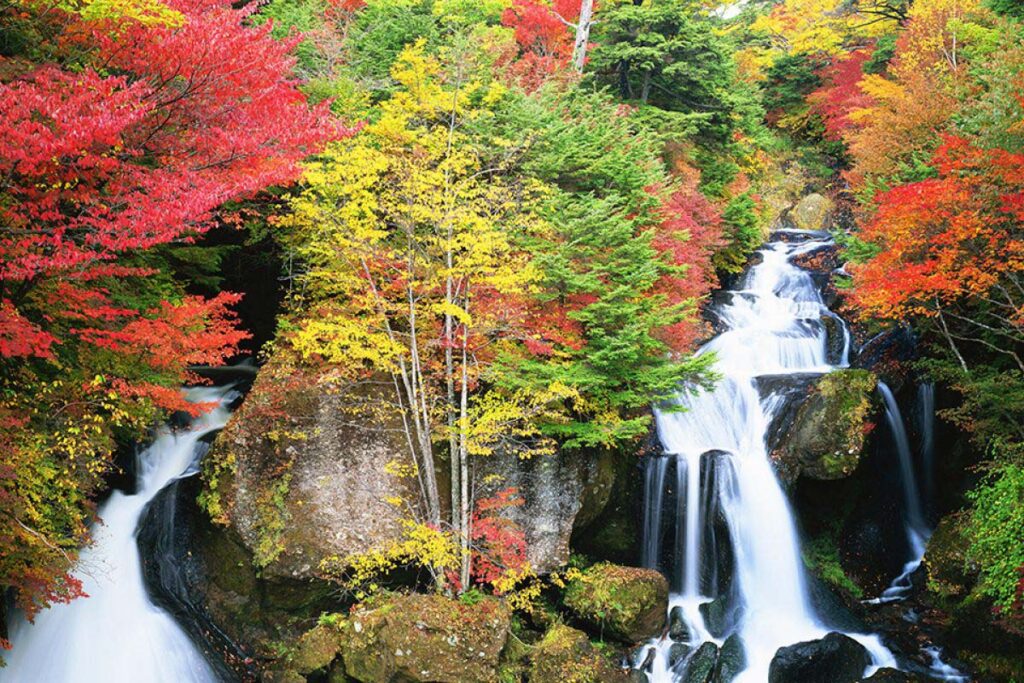
Momijigari is a Japanese culture in which enthusiasts come out to watch the changes of the maple leaves from green to shades of red, orange, and gold. This activity is typical for the season, and, thus, represents the Japanese culture’s respect for nature and the phenomenon of seasons. Kyoto’s Arashiyama and Nikko’s mountains are two of the most favorite viewing ones. Just as with cherry blossoms in the spring, autumn in Japan becomes associated with reflection, picnicking, and taking that beautiful walk and becoming one with the views.
The Japanese festivals are highly colorful for the whole year round and rich in their traditions. By pointing out the importance and the period of different events readers open themselves to the conception of beauty and traditions in Japan. You may also like other posts in our Entertainment section.

